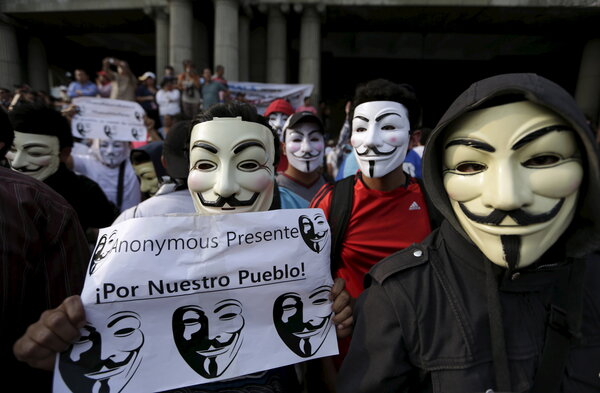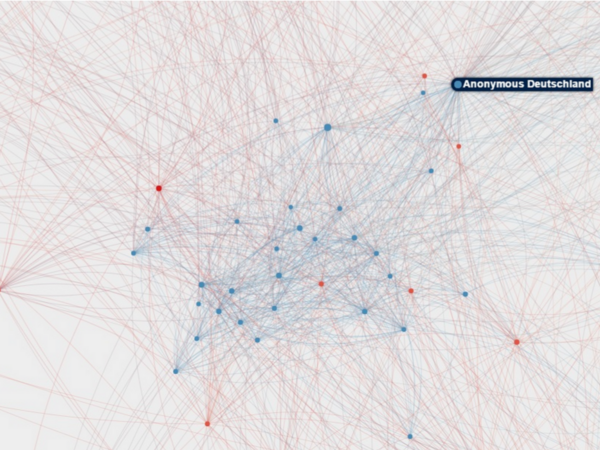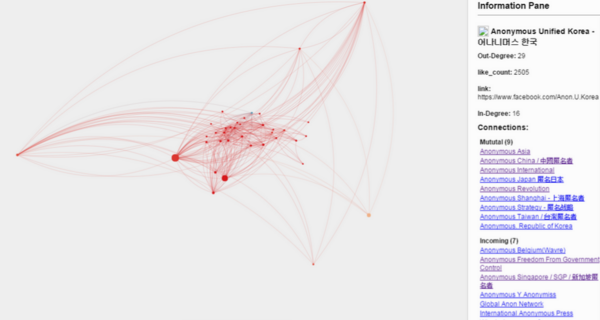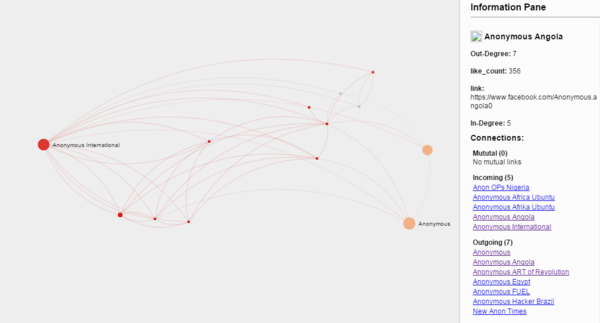In 2013, NAIC, National Iranian American Council was ordered to pay almost $200,000 due to failure to disclose and comply with lobby rules.
Trita Parsi, the founder of NAIC has frequent access to the White House and exploits that access for the mission to lift sanctions on Iran of which has been most effective during the talks of the P5+1.
Parsi has been at it a very long time and he drafted this fancy document on the sanctions and in full defense of Iran. “Never Give In, Never Give Up”
Parsi also has an interesting
In part from FreeBeacon:
“Trita Parsi, founder of the National Iranian American Council (NIAC), which has been accused of lobbying on the regime’s behalf, has met a handful of times with the White House between 2013 and 2014, according to visitor logs.
Parsi and NIAC have been key advocates for the administration’s diplomacy with Iran and have been present during various rounds of negotiations.
Joseph Cirincione, president of the Ploughshares Fund—a group that has been at the center of attempts to try to sell a deal with Iran—is also listed on White House visitor logs.
Cirincione’s organization has been a key funder of organizations such as NIAC and J Street as they seek to promote a final nuclear deal with Iran and the administration’s efforts.
Ploughshares has been identified in reports as working on a “behind the scenes strategy” with senior White House officials such as Ben Rhodes to help promote the deal.
Plougshares has spent more than $7 million funding organizations and experts that have publicly defended the administration’s concessions to Iran in talks, according to the Wall Street Journal.
“The Ploughshares coalition includes a former Iranian government spokesman, the liberal Jewish organization J Street, and a group of former American diplomats who have held private talks with Iranian government officials,” the Journal reported in March.
In the case of Sfard, a White House NSC official declined to provide further details about his meeting or comment when contacted by the Free Beacon. In addition to the PLO, Sfard also has worked with Breaking the Silence, a far-left group that seeks to launch war crimes charges against Israelis and those in the Israel Defense Forces (IDF), according to a dossier published by NGO Monitor, which tracks anti-Israel groups and actors.”
The lobby work begins on lawmakers on the missiles
Pro-Tehran Lobby Demands Iran Be Given Ballistic Missiles
A pro-Tehran advocacy group long accused of concealing illicit ties to the Iranian regime is lobbying Congress in support of a demand that America repeal a United Nations arms embargo limiting the Islamic Republic’s ability to stockpile arms, including ballistic missiles, which could be used to carry nuclear payloads, according to a copy of an email sent by the group to various lawmakers.
The National American Iranian Council (NIAC), which has long been suspected of acting as Tehran’s lobbying shop in Washington, D.C., sent lawmakers an email on Friday asserting that “the Iranian arms embargo will need to be disposed of as part of a final agreement on Iran’s nuclear program.”
The email comes roughly a week after Iranian diplomats issued a similar demand during ongoing talks in Vienna between world powers and Iran. The new condition has been blamed for grinding negotiations to a halt, as diplomats blew through a third self-imposed deadline this weekend.
The NIAC email on ballistic missiles is in step with Iran’s potentially deal-breaking demands.
“The UN embargo imposed on Iran’s trade in certain conventional arms was specifically imposed by the Security Council to deal with the nuclear dispute,” wrote Tyler Cullis, who is identified in the email as a legal fellow at the council.
Cullis writes: “Starting with [United Nations Security Council resolution] UNSCR 1747 in 2007, the Security Council imposed a ban on Iranian arms exports. The Council followed up this export ban with more comprehensive restrictions on the sale to or from Iran of certain heavy-weapons, including battle tanks, combat aircraft, attack helicopters, warships, and the like in 2010 via UNSCR 1929.”
NIAC maintains that such restrictions should be lifted as part of a nuclear agreement, even though they are not specific restrictions on Iran’s nuclear program.
A range of sources who spoke to the Washington Free Beacon—including analysts, former intelligence officials, as well as current and former congressional staffers—challenged both the legal analysis and motivation of NIAC’s letter to lawmakers.
Critics remain concerned that such a move could legally allow Iran to funnel arms to terror groups such as Hezbollah and militias in Yemen.
One former congressional staffer involved in the crafting of sanctions legislation over the years dismissed NIAC’s claims as unfounded and flatly misleading.
“NIAC is the same group that lobbies Congress to defund human rights and democracy promotion programs in Iran for fear of undermining the mullahs,” said one former senior Senate aide with intimate knowledge of Iran sanctions. “What the Iran lobby doesn’t want you to know is that UN Security Council sanctions are directly tied to the dismantlement of Iran’s ballistic missile program—a key element being excused from the P5+1 agreement.”
One senior congressional aide familiar with efforts to sanction Iran said NIAC is widely viewed as Tehran’s in-house lobbying shop.
NIAC has absolutely no credibility on Capitol Hill, where that organization is viewed as a de facto lobbyist for the Iranian regime,” said the senior congressional staffer.
“To cite the latest example, for many months NIAC has opposed the inclusion of ballistic missile limitations or anything else non-nuclear in the negotiations with Iran, yet today NIAC sent an email to congressional staff that actually backs up the Iranian regime’s ridiculous, last-second demand that the United Nations drop its non-nuclear arms embargo on Iran,” the source said.
Elliott Abrams, a deputy national security adviser for George W. Bush, said the Iranian arms embargo will become even more critical in future years.
“The arms embargo on Iran is even more critical today than when it was imposed in 2007 in UN Security Council Resolution 1747,” Abrams explained. “Since then Iran has helped kill or maim thousands of Americans in Iraq, has sent more and more arms to Hezbollah and the Assad regime in Syria, has intervened in Yemen, and now has an expeditionary force of Revolutionary Guard troops fighting in Iraq and Syria.”
“To end the arms embargo now would be throwing gasoline in a fire: the flames would spread. It is dangerous and absolutely against U.S. national security interests to lift the arms embargo on Iran,” Abrams said.
One Western source present in Vienna and apprised of the talks cast doubt on NIAC’s legal analysis concluding that the arms embargo was only aimed at Iran’s nuclear program.
“The Security Council had moved beyond Iran’s nuclear work before the first arms embargo was even imposed,” said the Western source. “UNSCR 1737 sought ‘to constrain Iran’s development of sensitive technologies in support of its nuclear and missile programs.”
“Subsequent resolutions reaffirmed that language, and ultimately UNSCR 1929 demanded an arms embargo ‘until such time as the Security Council determines that the objectives of these resolutions have been met,” the source explained.
NIAC has long been viewed as a pro-Tehran lobbying outfit that tows the regime’s line in the halls of Congress.
In 2012, NIAC was ordered to pay reparations to an Iranian dissident who sued the organization for allegedly concealing its ties to the Iranian regime. NIAC was ordered to pay thousands to the defendant and was upbraided by a federal judge for hindering the discovery process in the case.
In recent years, NIAC has spearheaded lobbying efforts on the Hill to threaten lawmakers into supporting a deal with Iran that fully removes economic sanctions and permits the Islamic Republic to retain key aspects of its nuclear infrastructure.
Meanwhile, Secretary of State John Kerry announced late Friday that talks will continue through next week.
“We have a couple of different lines of discussion that are going on right now, but I think it’s safe to say that we have made progress today,” Kerry said in a statement to reporters. “The atmosphere is very constructive.”








